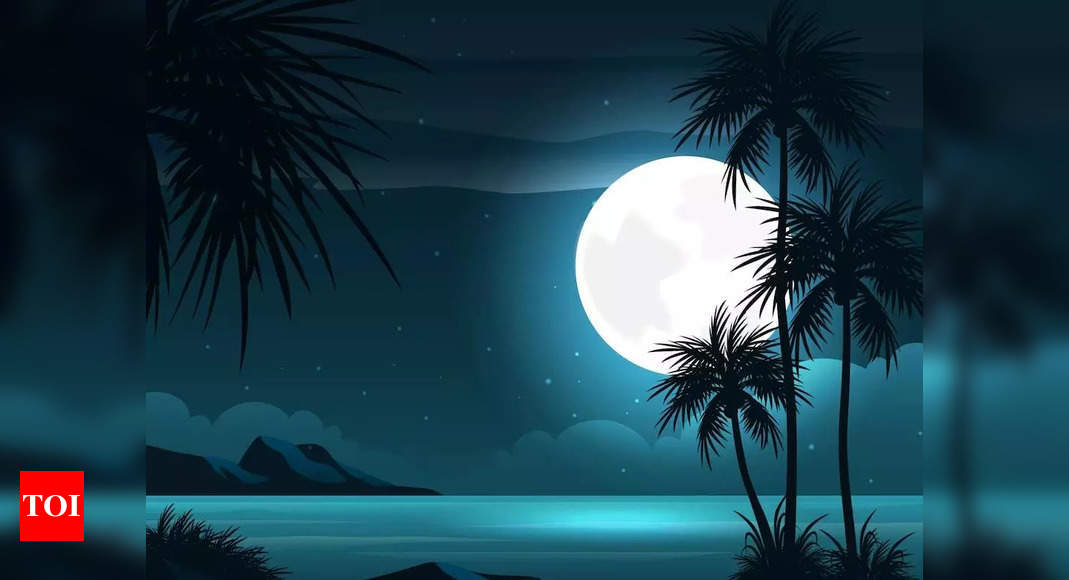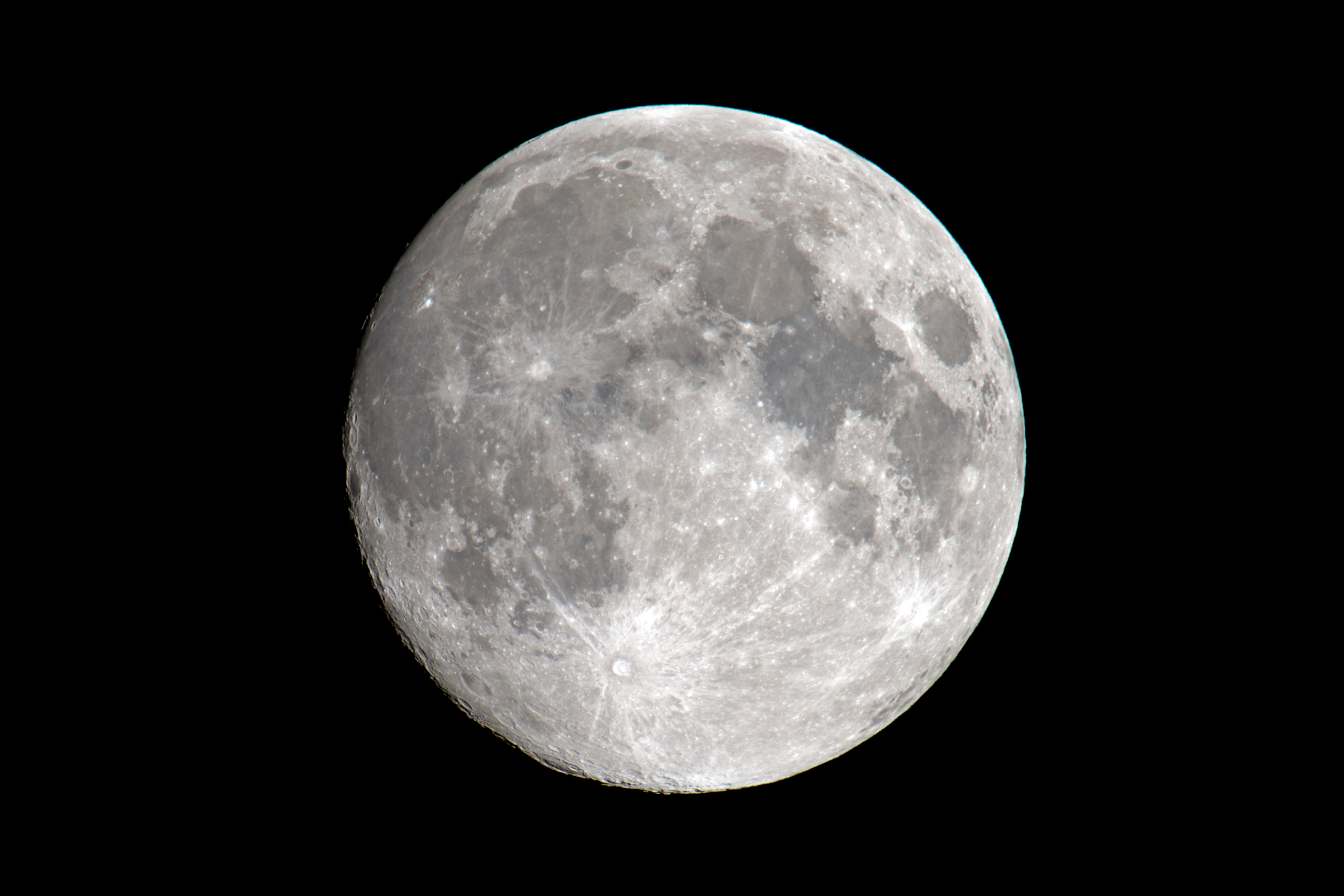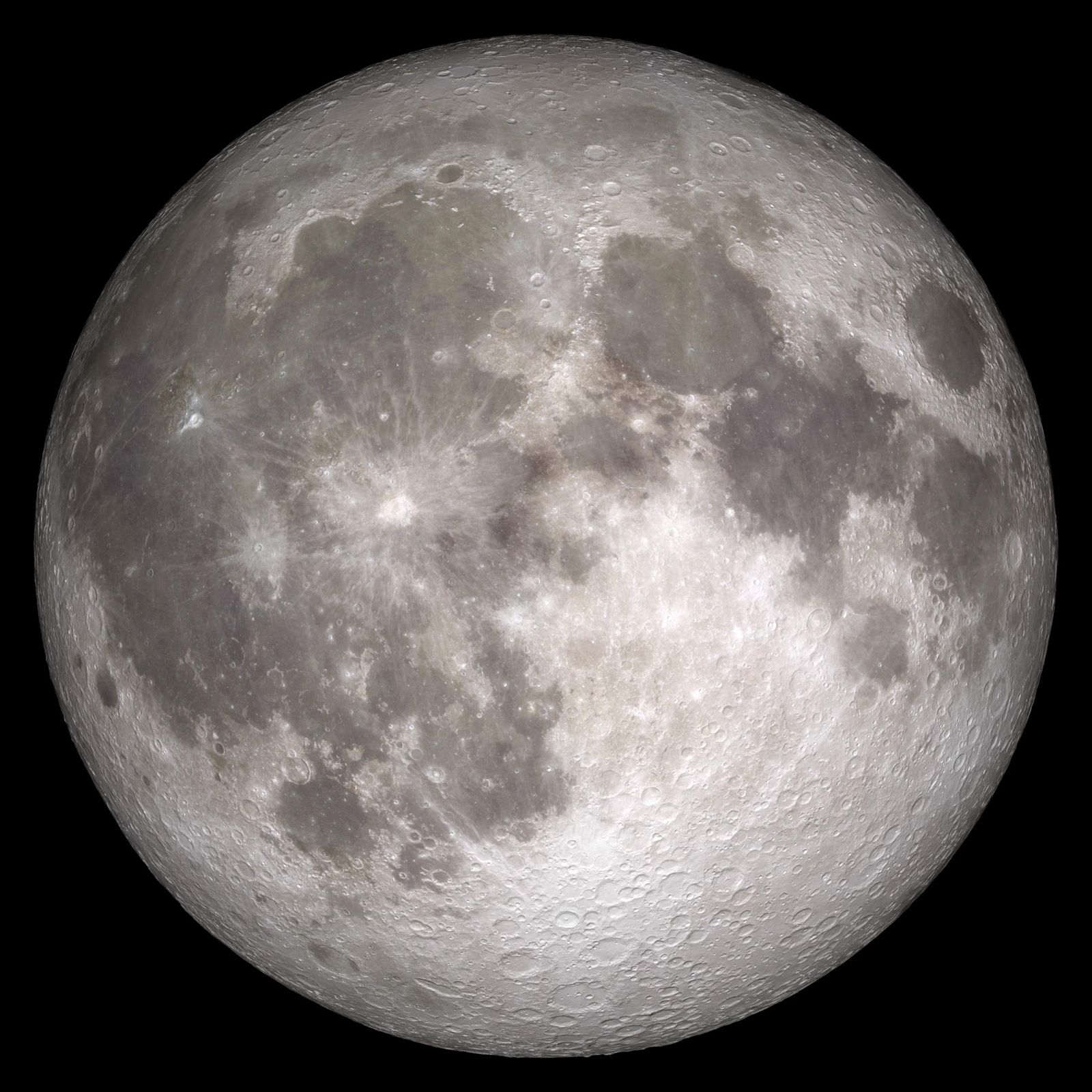Hawai'i Institute of Geophysics and Planetology. On 1 November , scientists reported that, according to computer simulations, remnants of a protoplanet , named Theia , could be inside the Earth, left over from a collision with the Earth in ancient times, and afterwards becoming the Moon. It goes around the Earth at a distance of about , miles , kilometers. Elphic; D. Further information: List of craters on the Moon. Search Want to search our collection? May 7, p. Australian Earth Laws Alliance. A Handbook of Germanic Etymology. Bibcode : PNAS.. Retrieved 2 November Other less violent volcanic explosions have been followed by blue moons. The words for the month in a range of different languages carry this relation between the period of the month and the Moon etymologically. Ingenuity Mars helicopter snapped rotor blade during hard landing last month video, photo.


While you were there, you'd notice that the gravity on the surface of the Moon is one-sixth of Earth's, which is why in footage of moonwalks, astronauts appear to almost bounce across the surface. Typical monthly calendars that include lunar phases may be offset by one day when prepared for a different time zone. India reached the Moon in for the first time with its Chandrayaan-1 , creating a high-resolution chemical, mineralogical and photo-geological map of the lunar surface, and confirming the presence of water molecules in lunar soil. Main articles: Tidal force , Tidal acceleration , Tide , and Theory of tides. Archived from the original on 9 April If you need equipment for viewing the moon, check out our guide to the best telescopes and the best telescopes for kids. It is speculated that these patches were the poles of the Moon billions of years ago before it was tidally locked to Earth. Eventually, the smaller clump of material moon began orbiting the larger clump primary. Archived from the original on 18 July
About earth's moon
Retrieved 21 August Although only a few multi-ring basins have been definitively dated, they are useful for assigning relative ages. Solar System Dynamics. The Moon is rotating at the same rate that it revolves around Earth called synchronous rotation , so the same hemisphere faces Earth all the time. If no button appears, you cannot download or save the media. Retrieved 9 January It also depends on the height of the moon above the equator as a result of its inclined orbit. The coming of winter earned December's full moon the name cold moon. Retrieved 26 October Sidereal rotation period. Causes of the distribution of the lunar highlands on the far side are also not well understood.
Moon - Wikipedia
- Earth's only natural satellite is simply called "the Moon" because people didn't know other moons existed until Galileo Galilei discovered four moons orbiting Jupiter Moon
- We always see the same side of the Moon.
- And other frequently asked questions about our Moon.
The brightest and largest object in our night sky, the Moon makes Earth a more livable planet by moderating our home planet's wobble on its axis, leading to a relatively stable climate. It also causes tides, creating a rhythm that has guided humans for thousands of years. If you set a single green pea next to a U. The Moon is Earth's only natural satellite. It goes around the Earth at a distance of about , miles , kilometers. The Earth and Moon are tidally locked. Their rotations are so in sync we only see one side of the Moon. Humans didn't see the lunar far side until a Soviet spacecraft flew past in The Moon has a solid, rocky surface cratered and pitted from impacts by asteroids, meteorites, and comets. The Moon has a very thin and tenuous atmosphere called an exosphere. It is not breathable. More than robotic spacecraft have been launched to explore the Moon. It is the only celestial body beyond Earth — so far — visited by human beings. The Moon's weak atmosphere and its lack of liquid water cannot support life as we know it. Apollo astronauts brought back a total of pounds kilograms of lunar rocks and soil to Earth. We are still studying them. The Moon was likely formed after a Mars-sized body collided with Earth several billion years ago.
Blue moons, Harvest moons, Moon, Worm moons? Find out more about the ancient names associated with the phases of the Moon - and what they mean. This apparent change in the shape of the Moon is known as its 'phase'. Because the Moon produces no visible light of its own, Moon, we can only see the parts of the Moon that are lit up by other objects. A small amount of light comes from distant Moon and the reflection of light from the Earth known Moon Earthshine.



Moon. Why do we have special names for full moons?
The Moon is Earth 's only natural satellite. It orbits at an average distance ofkmmiMoon, about 30 times Earth's diameter. The Moon always presents the same side to Earth, because gravitational pull has locked its rotation to the planet. This results in the lunar day of The Moon's gravitational pull — and Moon a lesser Moon the Pampers jumbo pack 6 's — are the main drivers of the tides. The Moon is in geophysical terms a planetary-mass object or Moon planet, Moon. It has a mass that amounts to 1, Moon. The body of the Moon is differentiated and terrestrialwith no significant hydrosphereatmosphereor magnetic field. It formed 4. The lunar surface is covered in lunar dust and marked by mountainsMoon, impact craterstheir ejectaray-like streaks and, mostly on the near side of the Moon, by dark maria "seas"which are plains of cooled magma. These maria were formed when molten lava flowed into ancient impact basins. The Moon is, beside when passing through Earth's shadow during a lunar eclipseMoon, always illuminated by the Sun, but from Earth the visible illumination shifts during its orbit, producing the lunar phases, Moon. This is mainly due to its large angular diameterwhile the reflectance of the lunar surface is Moon to that of asphalt. The apparent size is Moon the same as that of the Sun, allowing it to cover the Sun almost completely during a total solar eclipse.
Get the Space.com Newsletter
We always see the same side of the Moon. The Moon has a solid, rocky surface. There's no rain or wind, but there is weather.
Daily Moon Guide. OCLC


Kanye West - Moon (Audio)
I would not wish to develop this theme.
Very amusing opinion